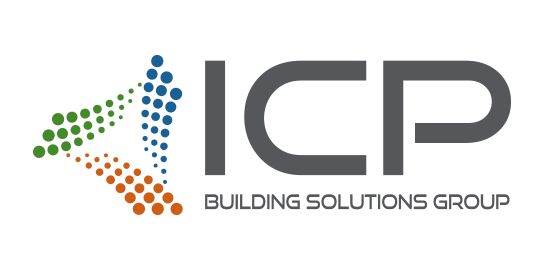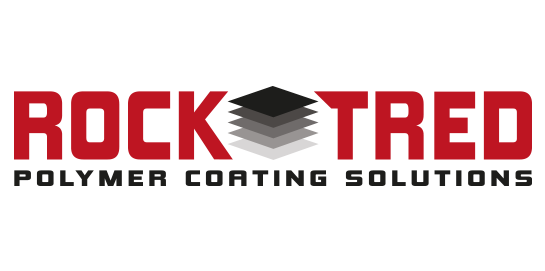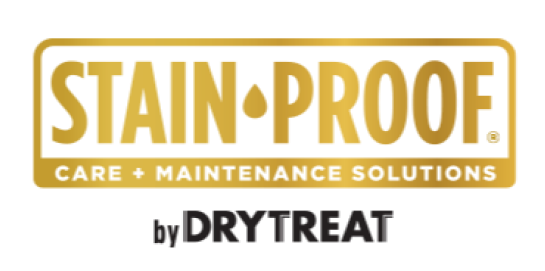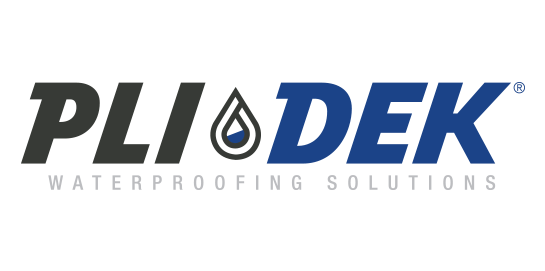Project Planning 101: Job Costing-"How Did We Do" -Mike Lenk, V.P. Sales & Marketing, Rock-Tred
By: rockadmin
In the first two parts of this three part essay, we covered the necessary items to keep a functional and useful job file. This becomes even more important should a future issue develop with a project. The second part was how to track your equipment, small tools and typical throw away items like brushes, roller covers and mix buckets, an area that many newer contractors fail to do.
Now we are going to review how to properly look back at a completed job or project to see how we did in regards to a profit or loss.
Job Costing is the process of determining the labor and materials cost for each job in a systematic way, and then using this information to determine if the project was profitable as expected. The overall purpose of job costing is to ensure that the projects pricing covers actual costs, overhead and provides a profit. The purpose of any business is to make money, and job costing is the most effective way to ensure that happens.
A quick review of the components that should have been part of the projects estimate/quote are:
1. Labor, your actual wages paid to your crews, plus any mark-ups for taxes, insurance FICA, SUTA, FUTA etc.
2. Materials estimated for this project from your supplier(s) including items such as roller covers, duct tape, brushes, items that are no longer useful once this specific project is complete.
3. Equipment. Every piece of equipment you own has a useful life and will at some point be in need of repair or replacement. Each quote should include an amount for this so that there is money set aside to cover these. If you need to rent equipment for a project, include the travel to go pick up and return this equipment. (You can contact a tool rental in your area as a basis of what you should allow for each piece of equipment)
4. Fixed Costs/General and Administrative Costs: It is fair to assume that whether you do $1 or $1,000,000 in work this year, there will be some fixed costs. Items such as rent, insurances, vehicles, phones, office help, laptop, other office electronics (phone/fax/copier) all need to be accounted for. If you fail to do this, this amount will diminish your bottom line of every project!
There are several methods to do this, but I feel the easiest most effective method is to breakdown these costs as a total, then divide by the number of work hours in a set period, and then add that to the labor mark-ups discussed in #1. For example if in the last quarter you had fixed expenses of $13,000 and all of your crew performed 8,000 working hours (5 men x 40 hrs. x 12 weeks per qtr.) Taking your fixed quarterly cost of $13,000/8,000 MH’s=$1.63 per labor hour that needs to be added to estimates to cover your Fixed Costs.
5. Targeted Profit Margin: I believe each contractor should try and shoot for 33% gross profit on projects. If you do a really good job at covering your expenses and such, it is feasible your project’s gross profit will be much higher.
I hope this helps you continue on the road to success! If you have any questions, comments or would like to discuss this topic further I can be reached at: mlenk@rocktred.com, or (317) 281-8646.






